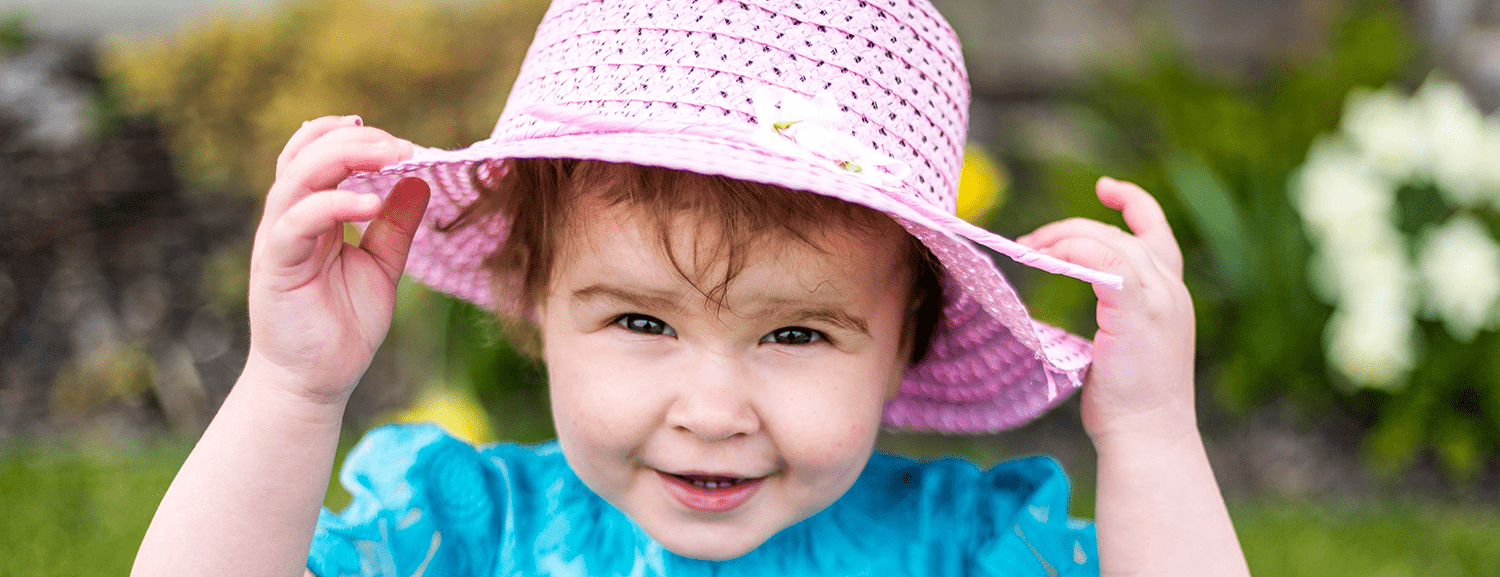
The Power of Play in Assessing Parenting
In a recent New York Times article, David Dobbs, reviewed research by Alison Gopnik and others regarding the power of play in child development. Dobbs says about play,
They [children] learn the art, pleasure and power of hypothesis – of imagining new possibilities. And serious students of play believe that this helps makes the species great.
He goes on to explain research showing that children are open to testing many hypotheses while they play, and are quick to grasp even unlikely possibilities. In contrast, adults tend to lock into prior biases and have difficulty thinking of alternatives. Dobbs concludes the article,
Studies suggest that free, self-directed play in safe environments enhances resilience, creativity, flexibility, social understanding, emotional and cognitive control, and resistance to stress, depression and anxiety.
In an earlier post on how curiosity may be central to promoting a fulfilling life and how parents can promote curiosity (link), we didn’t explore play as a key vehicle for promoting curiosity and exploration. Dobb’s New York Times article gives us that opportunity.
Play is the highest form of research. – Albert Einstein
Play is important in children’s healthy development and is the means by which young children learn and form relationships. (For more, I recommend the Boston Children’s Museum website.) Active play is so important in children’s health, development and bonding with parents that the American Academy of Pediatrics recommends that pediatricians advocate for play as children’s right. The article by Regina M. Milteer and Kenneth R. Ginsburg concludes:
Regardless of their socioeconomic status, all children have the right to safe places to play regularly, during which they develop cognitive, communication, problem-solving, negotiation, and leadership skills. They have the right to engage in safe and regular physical activity that will decrease the incidence of lifelong health disparities. The physically and emotionally healthy children of today will become the productive citizens who will contribute positively to society in the future.
Zero to Three has developed a primer on how parents of infants and toddlers (birth to 3 years) can nurture learning and development through play at each of the first 3 years of life. This can be a very useful resource in guiding parents in appropriate play as their child changes during development.
When developing the Keys to Interactive Parenting Scale (KIPS) we considered a range of activities to observe. We decided on free play because it is something children like to do and they have ample experience. Assessing parenting during free play offers a wide range of parenting behaviors to observe, and allows the parent and child to do what comes naturally to them, so to increase the probability of observing typical interactions. It allows us to observe spontaneous interactions, providing insights into the relationship. For example, seeing who’s in charge and how the pair communicates can be very revealing about the relationship.
This choice of free play was reinforced during our validation work of the parenting assessment tool. We observed the same parent and child in free play and in conducting a teaching task that was required for another observational assessment tool. For the free play activity, the parent and child usually seemed to enjoy their time together. At the end of the session, we asked the family service provider if the behavior was typical of the pair, and we almost always heard it was. However, for the teaching task, we frequently saw crying children, stilted interactions, and exasperated parents. Clearly, teaching a task was a stressful challenge for many parents and children.
On rare occasions, family service providers have told us, “My families don’t have toys”, or “Our families don’t play with their children.” In response we explain that we use a very broad definition of play; that interaction between the pair is what is important. For this kind of interaction a family does not need to have toys or books. Talking together, making faces at each other, telling stories, or singing songs can be play. Among the thousands we have trained to use KIPS, a few have found families that don’t play with their children even by this very broad definition. For these families, this can become a teachable moment to help them understand the great value in engaging with their children as they learn and develop skills through play. Assessing parenting can prove particularly important in monitoring progress and providing support for parent-child play for the family.
The duration of the observation is also important. For some parents with a limited play repertoire, they can manage a few minutes of play with their children. But they run through a small number of familiar play activities and soon run out of things to do. This is why we recommend 15 minutes of observation. In a short interaction, you can miss much important information. Often the latter part of the observation shows the most typical play and gives us important information for strengthening the family’s parent-child interaction skills.
Thus, when assessing parenting, observing parent-child play seems to be a good choice. What do you discover when observing parent-child play as you work with your families?
